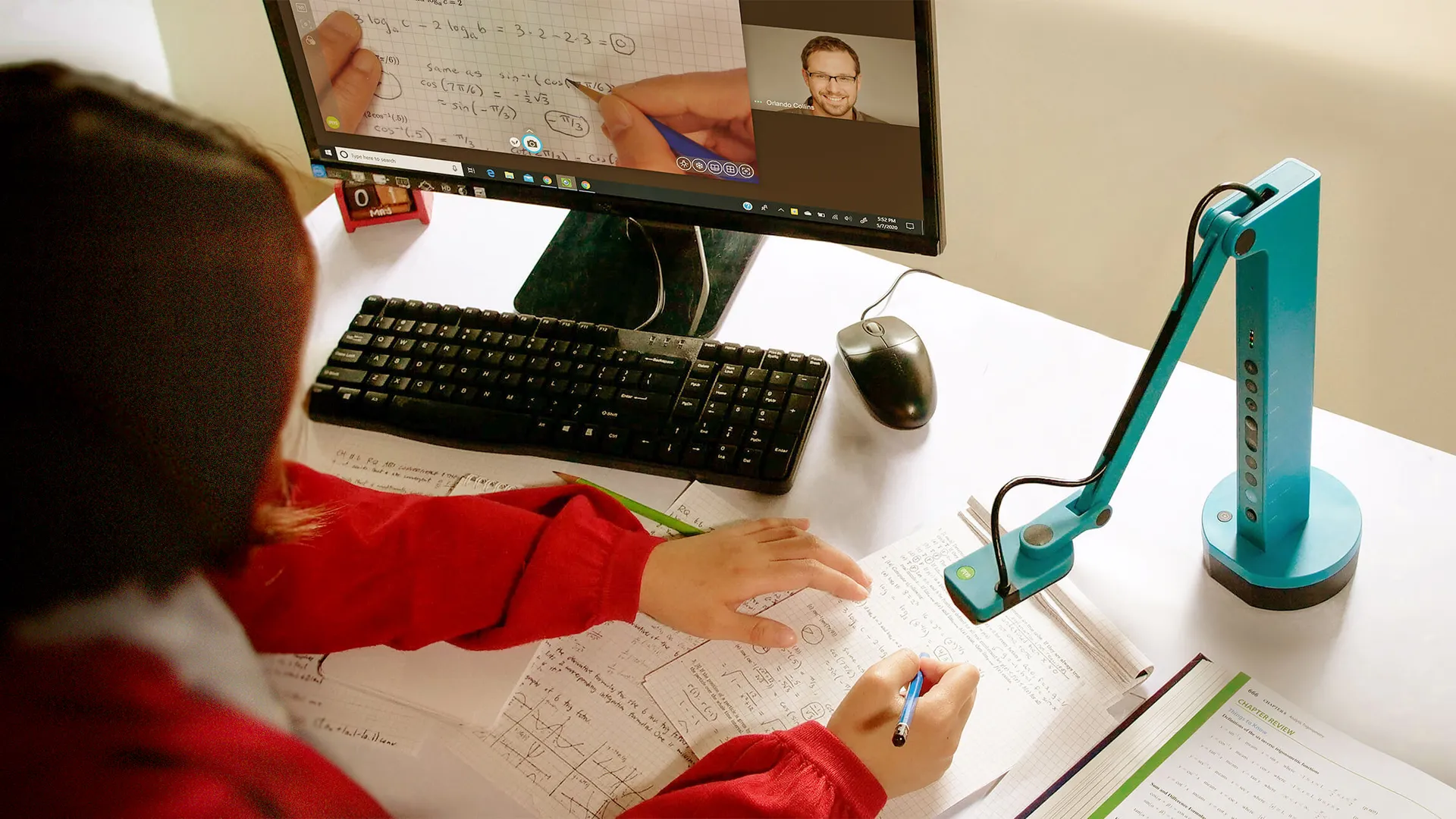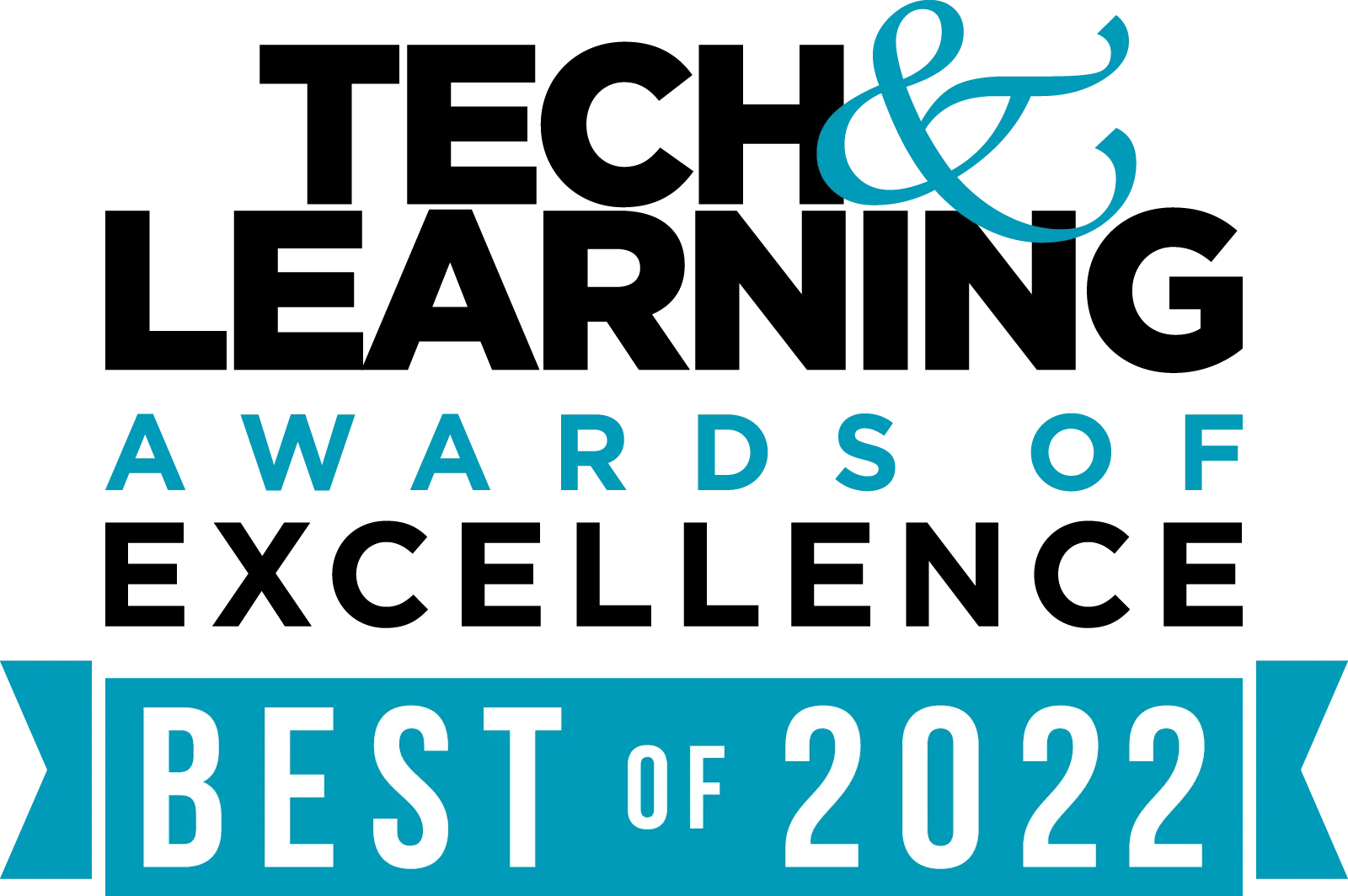Allen & Overy breaks the internet (and new ground) with co-pilot Harvey — from legaltechnology.com by Caroline Hill
Excerpt (emphasis DSC):
We’re told that at the end of the trial, around 3,500 of A&O’s lawyers had asked Harvey around 40,000 queries for their day-to-day client work. MIG head David Wakeling said in a statement yesterday: “I have been at the forefront of legal tech for 15 years but I have never seen anything like Harvey. It is a game-changer that can unleash the power of generative AI to transform the legal industry. Harvey can work in multiple languages and across diverse practice areas, delivering unprecedented efficiency and intelligence. In our trial, we saw some amazing results.”
Also related/see:
OpenAI-backed startup brings chatbot technology to first major law firm — from reuters.com by Sara Merken
Summary:
- Allen & Overy partners with legal startup Harvey
- Harvey received $5 million in a funding round led by the OpenAI Startup Fund last year
Today: the 7th largest law firm on Earth announced a 3,500-lawyer deal with Harvey, an OpenAI-backed AI Lawyer startup:
See below for:
– Deal details
– Harvey’s capabilities (?)
– Harvey’s open roles (I refer talent to them!)1/6 pic.twitter.com/OLdusvcqrG
— AI Pub (@ai__pub) February 16, 2023
Global Firm Allen & Overy Rolling Out Harvey.ai — from legallydisrupted.com by Zach Abramowitz
Excerpt:
Here’s another way to think about what it can do: read, understand, analyze, issue spot and draft responsive documents. Does that apply to a lot of contract work? Sure. Litigation? Yep, that too. The reason this is hard to swallow is that we’re stuck in a framework where there are contract tools for contracts, eDiscovery tools for discovery, drafting tools for drafting etc. The AI revolution could potentially change that paradigm.
The Top Legal Tech Startups to Watch in 2023 — from gritdaily.com by Spencer Hulse
Excerpt:
There are certain industries that have been slower to embrace technology than others, and the legal profession is one of those at the very top. However, legal tech startups have been gaining ground in recent years, with the market expected to reach around $32 billion in 2025. There is also a significant rise in legal department spending on legal tech, which is only going to rise in the coming years.
Legal tech offers numerous solutions, which include everything from offering legal advice digitally to AI and automating some of the time-consuming processes formerly handled with pen and paper.
The following list includes legal tech startups and companies of all sorts, from those that have been around for years to up-and-coming innovators.
Embracing The Tectonic Shift: How Technology Is Transforming The Legal Profession — from livelaw.in by Khushboo Luthra
According to a Gartner Report, 4 of 5 legal departments plan to increase technology spending. By 2024, legal departments will replace one out of five lawyers with a nonlawyer staff, and 1/4th of the expenditure on corporate legal applications will go to non-specialist technology providers. By 2025, legal departments will have automated 50% of legal work related to significant corporate transactions.
Generative AI Is Coming For the Lawyers — from wired.com by Chris Stokel-Walker
Large law firms are using a tool made by OpenAI to research and write legal documents. What could go wrong?
Excerpt:
The rise of AI and its potential to disrupt the legal industry has been forecast multiple times before. But the rise of the latest wave of generative AI tools, with ChatGPT at its forefront, has those within the industry more convinced than ever.
“I think it is the beginning of a paradigm shift,” says Wakeling. “I think this technology is very suitable for the legal industry.”
Generative AI is having a cultural and commercial moment, being touted as the future of search, sparking legal disputes over copyright, and causing panic in schools and universities.
As law profs/law schools consider how to deal with chatGPT on exams, let me propose one approach: students *must* use it on one issue-spotting question, but then have to redline the answer, showing their work in improving upon it. 1/3
— Gabe Teninbaum (@GTeninbaum) February 22, 2023
Addendum on 3/6/23:
Will artificial intelligence replace your lawyer–and will its name be Harvey? — from fortunes.com by Aron Solomon
Colleges and universities that contract with an online program management company need to submit details about those arrangements by May 1.
Oversight Coming for Online Program Providers — from insidehighered.com by Katherine Knott
Excerpt:
The Education Department is planning to increase oversight of the outside contractors that colleges and universities use to help run online programs.
…
To address that finding, the department said in guidance issued Wednesday that OPMs and any entity that provides recruitment services for a college are considered third-party servicers, subjecting the companies’ contracts with institutions to regular audits. Colleges and universities are required to report details of their agreements to the department by May 1.
Instructional Design 2023: Experts Share Top Predictions — from td.org by Jes Thompson
“As technology options continue to increase for IDs, they’ll have a lot to choose from to create useful learning experiences. To prove our worth to the organizations we work for, it will be more important than ever to focus on the solution rather than the technology—especially as layoffs continue in the tech industry. Hopefully we’ll see a greater presence in events and online networks as people try to find new roles. I think we’ll continue to see an influx of educators coming into the profession too. As a field, we’re in a great place to learn from the experience of others and to use technology to find innovative ways to support our learners.”
—Heidi Kirby, Customer Education Manager and Co-Founder, Useful Stuff
“I think we’ll continue to see an influx of educators coming into the profession too.” — which brings me to another article:
Edtech Career Opportunities: 7 Tips To Stand Out At A Job Fair — from teachercareercoach.com
Excerpts (emphasis DSC):
Are you a transitioning teacher looking for an edtech career? If so, you’re in luck! Jeff Patterson, the CEO of Gaggle, hosts virtual Edtech Career Fairs.
…
This is a great chance to learn about the edtech industry and connect with key players. So, grab your pen and paper and get ready to take notes! We’ll be sharing some insight to help you make the most of your experience and stand out from the crowd. Let’s get started!
Imagine Learning Announces Major New Special Education Initiative — from businesswire.com; via GSV
Excerpt:
SCOTTSDALE, Ariz.–(BUSINESS WIRE)–Imagine Learning, the largest provider of digital curriculum solutions in the United States serving 15 million students in more than half the districts nationwide, today announced a major new initiative to address the urgent learning needs of more than seven million students with disabilities across the U.S.
…
Imagine Learning is also launching Imagine AscendTM, a new comprehensive solution for special education students that combines digital courseware with highly qualified virtual instructors. Imagine Ascend provides districts with a sustainable solution for staffing shortages and a scalable approach to increasing graduation rates, both critical needs of special education programs. The Imagine Ascend portfolio of curricula and services will support learners with accommodating instruction and help educators serve students with disabilities.
Canary in the coal mine for coding bootcamps? — from theview.substack.com by gordonmacrae; with thanks to Mr. Ryan Craig for this resource
Excerpt:
If you run a software development bootcamp, a recent Burning Glass institute report should keep you awake at night.
The report, titled How Skills Are Disrupting Work, looks at a decade of labor market analysis and identifies how digital skill training and credentials have responded to new jobs.
Three trends stuck out to me:
- The most future-proof skills aren’t technical
- Demand for software development is in decline
- One in eight postings feature just four skill sets
These three trends should sound a warning for software development bootcamps, in particular. Let’s see why, and how you can prepare to face the coming challenges.
Also relevant/see:
Issue #14: Trends in Bootcamps — from theview.substack.com by gordonmacrae
Excerpt:
Further consolidation of smaller providers seems likely to continue in 2023. A number of VC-backed providers will run out of money.
A lot of bootcamps will be available cheaply for any larger providers, or management companies. Growth will continue to be an option in the Middle East, as funding doesn’t look like drying up any time soon. And look for the larger bootcamps to expand into hire-train-deploy, apprenticeships or licensing.
As Alberto pointed out this week, it’s hard for bootcamps to sustain the growth trajectory VC’s expect. But there are other options available.












